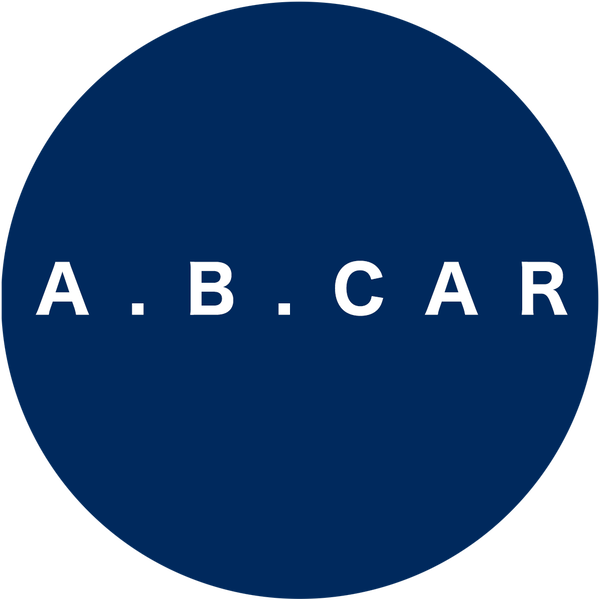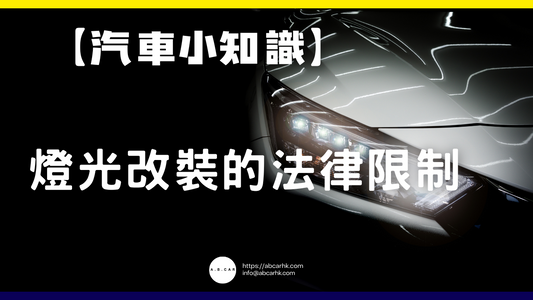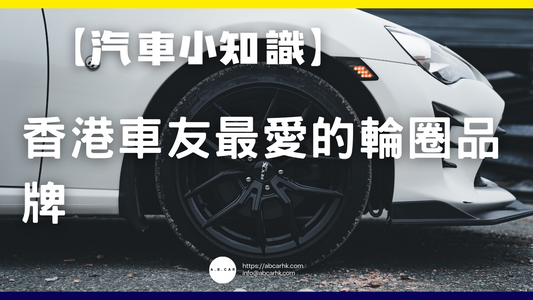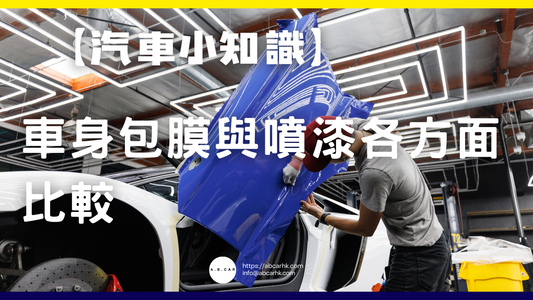【Common Diseases】Glaucoma

A Complete Guide to Glaucoma Treatment (Hong Kong Edition)
Glaucoma is the second leading cause of blindness worldwide . It is characterized by optic nerve damage, often associated with elevated intraocular pressure, but can develop even in patients with normal intraocular pressure. The most frightening aspect of this disease is that early symptoms are often subtle , but once the optic nerve is damaged, vision loss is irreversible, leading to its nickname, "the silent thief of vision."
In Hong Kong, the incidence of glaucoma increases with age, especially for people over 40 years old, those with a family history of glaucoma, those with high myopia, and those with diabetes, who are all high-risk groups.
As an editor, I have compiled Hong Kong and international medical information, and detailed the treatment options for glaucoma, public and private medical options, costs, and daily eye care tips.
1. Types and causes of glaucoma
There are several types of glaucoma, and each type requires slightly different treatment priorities:
-
Primary open-angle glaucoma (POAG)
- The most common type, with a slow course, no obvious symptoms in the early stages, and a gradual narrowing of the visual field.
-
Closed-angle glaucoma (PACG)
- Common in Asians, it causes a sharp increase in intraocular pressure, which may cause severe pain, nausea, and a sudden decrease in vision, and is a medical emergency.
-
Normal-tension glaucoma (NTG)
- The optic nerve is damaged even though the intraocular pressure is normal, which is related to factors such as insufficient blood supply.
-
Secondary glaucoma
- Caused by other eye diseases, trauma, or drugs (such as long-term steroid use).
-
Congenital glaucoma
- If present at birth, early surgical treatment is required.
2. Treatment Goals
Glaucoma cannot be cured , but treatment aims to control intraocular pressure, slow optic nerve damage, and preserve remaining vision. Treatment strategies include:
- Drug treatment
- Laser therapy
- Surgical treatment
3. Drug treatment (first-line method)
Ophthalmologists in Hong Kong will first use eye drops or oral medication to control intraocular pressure. Common medications include:
1. Reduce aqueous humor production
- Beta-blockers (such as Timolol)
- Carbonic anhydrase inhibitors (such as dorzolamide)
2. Increase aqueous humor outflow
- Prostaglandin analogs (such as Latanoprost)
- Alpha-2 agonists (such as Brimonidine)
3. Oral medication
- Acetazolamide : Short-term control of acute intraocular hypertension
💡Editor ’s Tip :
Hong Kong public hospitals offer low-cost medications, but require regular follow-up visits. Private clinics offer higher costs but shorter waiting times. Eye drops must be used regularly daily to prevent a rebound in intraocular pressure, which can accelerate optic nerve damage.
4. Laser Therapy
When medications are insufficient or long-term medications are not suitable for the patient, the doctor may recommend laser therapy:
1. Laser Trabeculoplasty
- Suitable for open-angle glaucoma
- Open the trabecular meshwork drainage channels and reduce intraocular pressure
- Can be completed on an outpatient basis
2. Laser Peripheral Iridotomy
- Suitable for angle-closure glaucoma
- A small hole is made in the iris to improve the flow of aqueous humor
- Immediate relief of intraocular pressure in acute angle-closure glaucoma
💡Editor ’s Tip :
Laser treatment in private hospitals in Hong Kong costs approximately HK$4,000-$10,000 per session. Public hospitals are cheaper, but appointments are required.
5. Surgical treatment
When neither medication nor laser therapy can effectively control intraocular pressure, surgery is a necessary option.
Common surgeries:
-
Trabeculectomy
- Create new channels for aqueous humor drainage
-
Glaucoma Drainage Device
- Implantation of a small tube to drain aqueous humor
-
Minimally invasive glaucoma surgery (MIGS)
- Low risk, fast recovery, but small reduction in intraocular pressure
💡Editor ’s Tip :
The cost of surgery in Hong Kong's public hospitals is low (approximately HK$100-$500), but the waiting time is long; private hospitals charge as much as HK$30,000-$60,000 depending on the type of surgery.
6. Daily eye care and self-management
- Use eye drops on time : Do not stop taking the medicine on your own
- Regular follow-up : monitoring intraocular pressure and visual field
- Avoid bending your head or holding your breath for extended periods of time (such as lifting heavy objects or doing handstands).
- Control blood pressure and blood sugar
- Wear UV-blocking sunglasses to reduce light stimulation
7. Hong Kong’s Medical Resources
- Public hospital ophthalmology clinic : referral required, low cost, waiting time several months to a year
- Private ophthalmology : Short waiting time, more examination and treatment options, but higher costs
- An optometrist's examination can initially measure intraocular pressure and visual field, but a definitive diagnosis requires an ophthalmologist.
💬Editor’s note :
The terrifying thing about glaucoma is that vision loss is irreversible , and many patients don't notice it until the disease is in its later stages. Hong Kong doctors often emphasize the importance of "early detection, early treatment," because even controlling intraocular pressure only slows progression and doesn't restore vision that has already been lost. An annual comprehensive eye exam is recommended, especially for those with a family history of the disease or those over 40.
⚠️ Disclaimer <br>This article is for reference only and does not constitute any medical advice. It is sourced from major medical articles.



